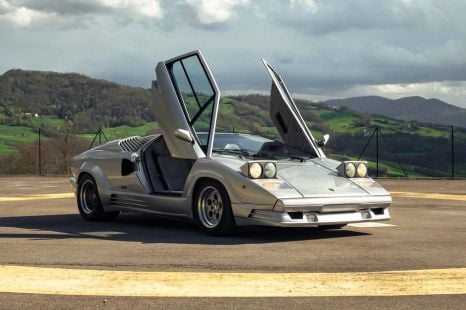
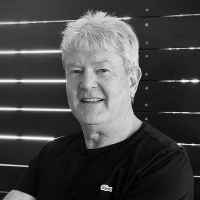
Anthony Crawford
1990 Lamborghini Countach review
6 Days Ago
Jaguar Land Rover was very early with the fully electric i-Pace, but has that experience tarnished the brand's electrification momentum?

Publisher
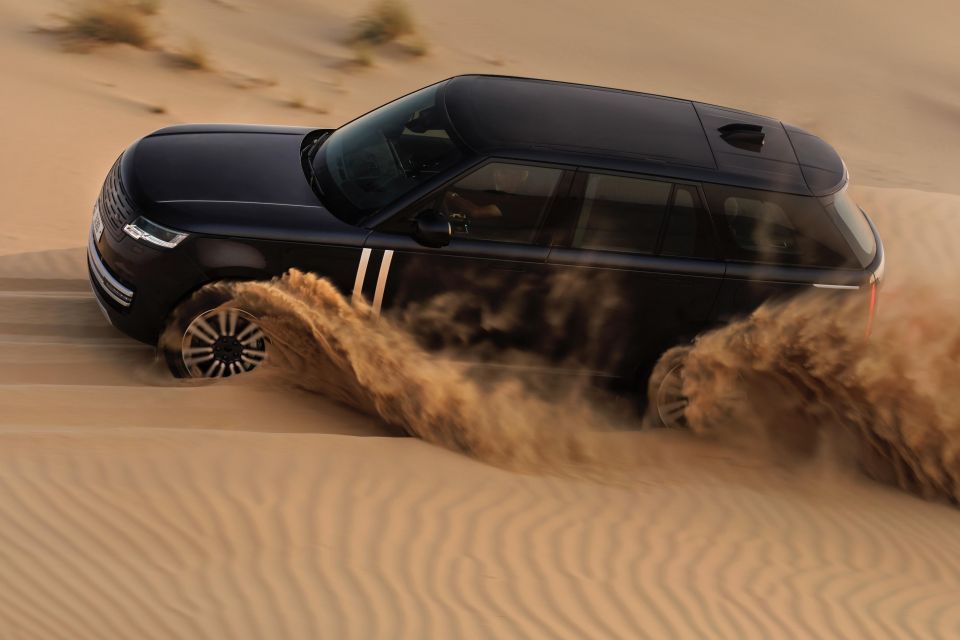

Publisher
Range Rover’s transition into the electric era is a delicate balancing act. It must cater to long-time loyalists while attracting a new generation of electric vehicle (EV) buyers, all without diluting the core values that define the Range Rover name.
Martin Limpert, global managing director of the Range Rover brand, made it clear during an interview at Goodwood that electrification is coming — but not at the cost of the brand’s DNA.
“The most important thing for us is [that] it’s a Range Rover,” Mr Limpert said. “We don’t want to sacrifice on any of the capabilities that customers expect.”
While other automakers have rushed to flood the market with electric nameplates, JLR is taking a slower, more methodical approach.
Hundreds of new car deals are available through CarExpert right now. Get the experts on your side and score a great deal. Browse now.
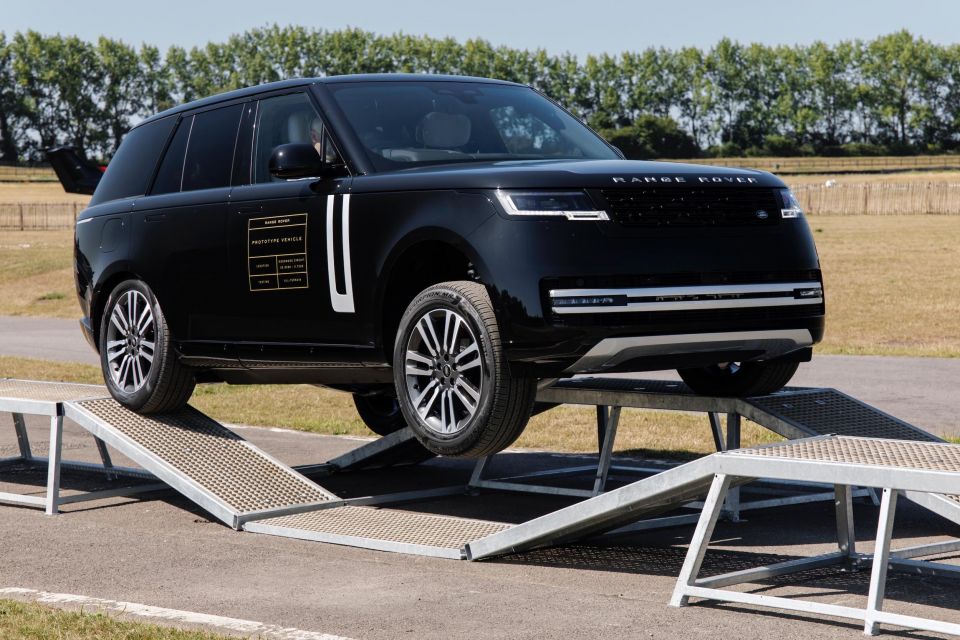
According to Mr Limpert, over 65,000 expressions of interest have already been registered for the upcoming Range Rover EV, with demand split between existing customers and newcomers from rival luxury marques.
“Existing customers already drive a Range Rover but are keen,” he explained. “And maybe many of them not — maybe we know from data, many of them already own a plug-in hybrid vehicle, enjoy the full electric driving of up to 75 miles [121km] in their short distance drives, and are keen to explore the next level with a full electric one.”
That said, JLR is far from immune to the broader market dynamics affecting EV adoption. The company knows the global transition to EVs is stalling in some regions, and it’s responding accordingly.
“We see the electrification pace also picking up at different paces in different regions, not just driven by the governmental policies, but also by the demand situation of the clients,” Mr Limpert said.
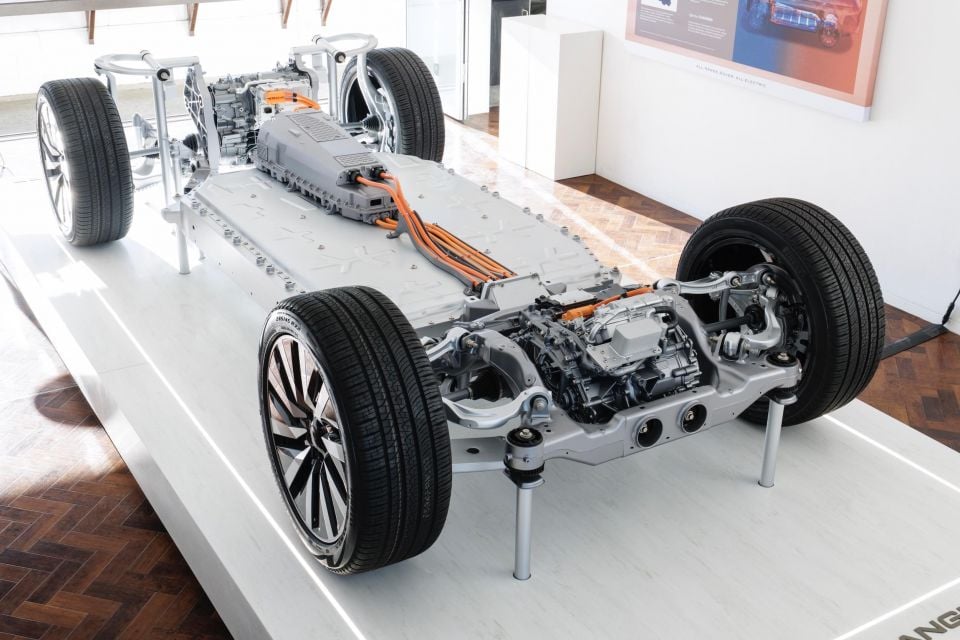
To that end, flexibility is baked into JLR’s product roadmap. The company will use two distinct architectures going forward: the flexible MLA platform, which supports petrol, diesel, plug-in hybrid, and electric powertrains; and the dedicated EMA platform, which will underpin future all-electric models.
“On the MLA, we have the benefit within the Range Rover brand that we can really use the flexibility and we can really adjust,” said Mr Limpert. “Because it’s one platform that can be used with different powertrains, all built in Solihull at the same manufacturing plant on the same line.”
It’s a pragmatic strategy that gives JLR breathing room. Unlike pure-play EV startups or brands that have committed fully to battery-electric platforms, JLR can respond to market realities in real time.
But flexibility might also have its downsides as customers eventually pick a winning formula. Mr Limpert insists that’s not the case here.
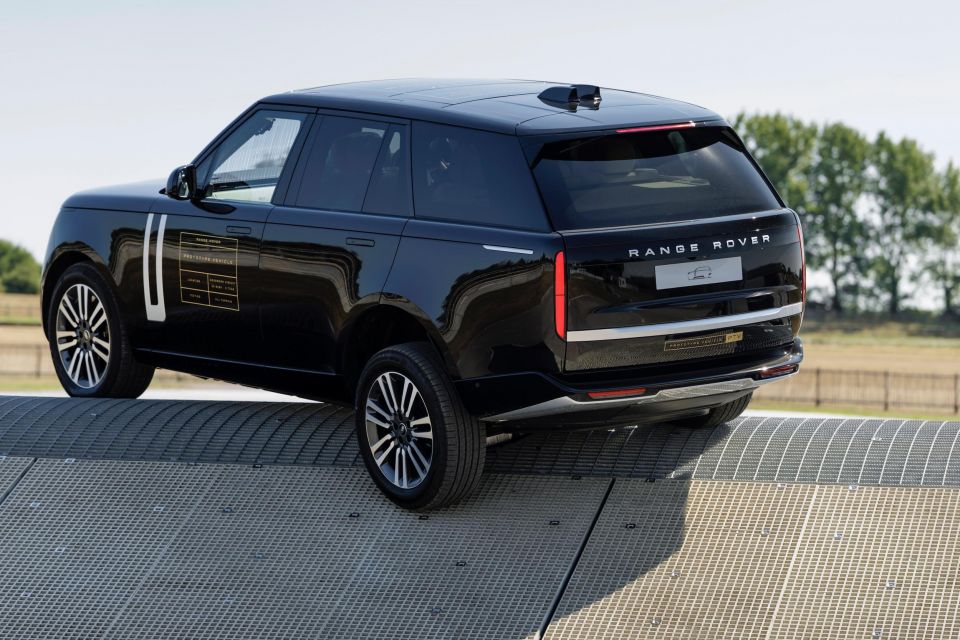
“We clearly are committed to our agreements that by 2039 as a whole enterprise, we want to be net carbon zero terms of emissions,” he said. “And we also committed that by 2030 we will have electrified all products within the JLR, which includes all brands.”
Still, many questions remain unanswered. The brand is now using BMW engines to power some of its vehicles, which suggests that future investment in new internal combustion engines is no longer a priority.
Mr Limpert admitted the successor to the MLA platform is still under investigation, and wouldn’t confirm future internal combustion engine development in case the current crop of engines.
While the Range Rover EV’s battery will be assembled in-house, the cells themselves are supplied by third parties.
“We do assemble the battery packs and the EDUs, because that’s a core competency that we wanted,” Mr Limpert said, but added, “we can’t talk about suppliers, obviously.” Reading between the lines, BYD is making the battery packs.
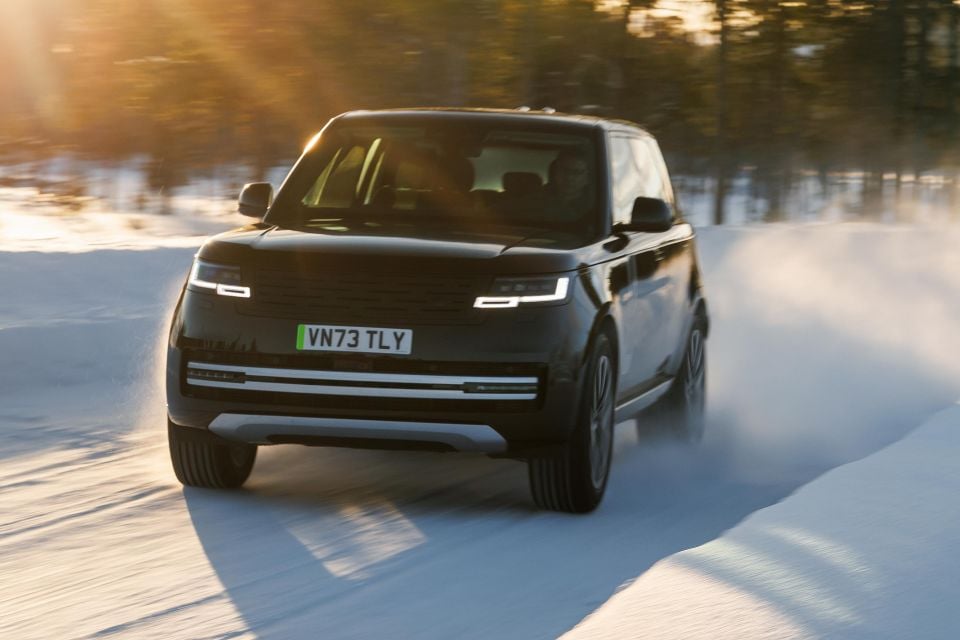
The question of long-term support and battery repairability also looms large, especially in the ultra-luxury space where buyers expect longevity. Mr Limpert offered only a high-level commitment.
“The ambition is that every Range Rover is an object of desire, and a timeless object of desire,” he said. “So of course, we look into the durability of the vehicles, and even more so the future generations.”
For now, JLR is playing the long game. Mr Limpert confirmed the Range Rover EV will get to customers by 2026.
“We are not in a rush,” he said. “We really want to make sure that we launch the car with the quality and on the promises that we give with a Range Rover.”
Time will tell if that cautious approach pays off in a market that is both highly competitive and rapidly evolving. But it’s clear that JLR is betting on brand equity, flexibility, and product consistency to steer it through the EV transition.
MORE: Inside the Range Rover Electric: An interview with the chief engineer
Where expert car reviews meet expert car buying – CarExpert gives you trusted advice, personalised service and real savings on your next new car.
Alborz is the founder of CarAdvice (sold to Nine and now Drive) and co-founder of CarExpert. He is an honourary adjunct professor & entrepreneur in residence at the University of QLD. He loves naturally-aspirated V8s, V10s and V12s and is in denial about the impending death of the internal combustion engine. The best way to reach him is via Instagram.


Anthony Crawford
6 Days Ago
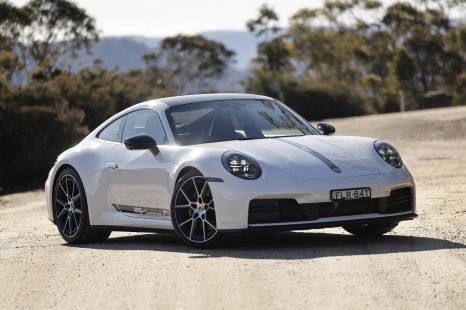

Matt Campbell
5 Days Ago
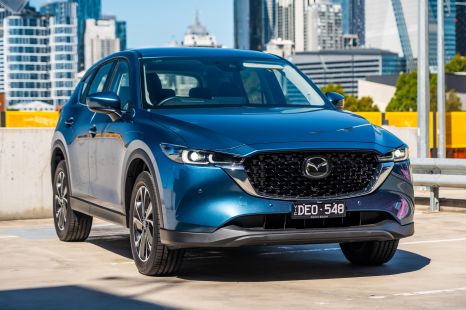

James Wong
4 Days Ago
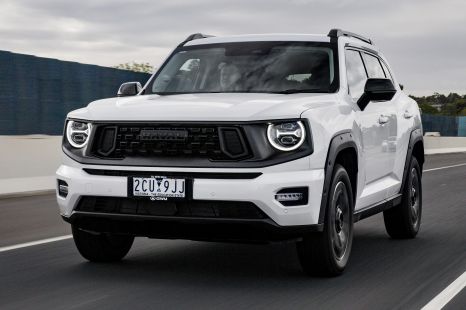

Max Davies
3 Days Ago
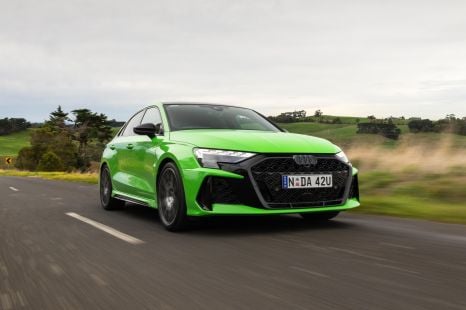

Josh Nevett
2 Days Ago
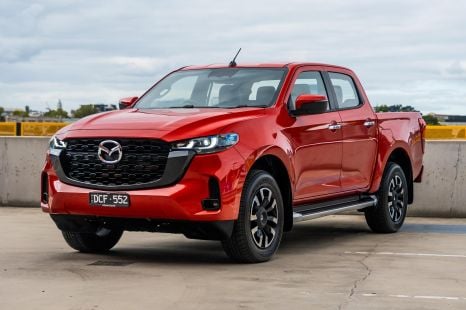

Josh Nevett
24 Hours Ago